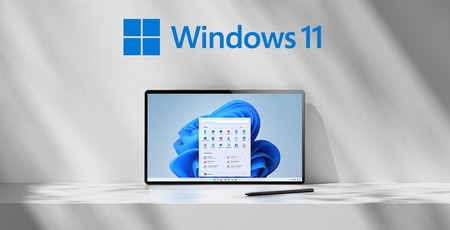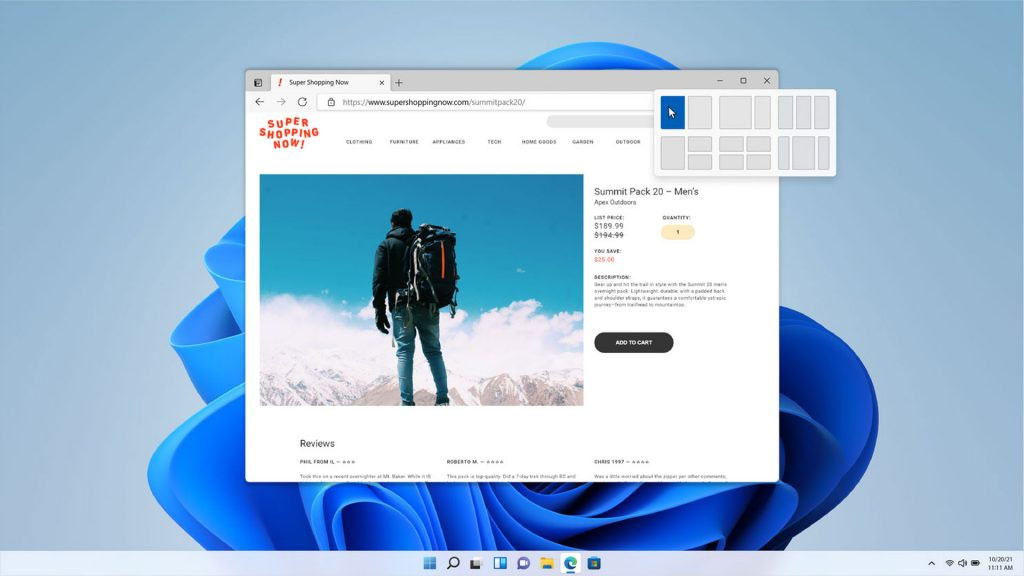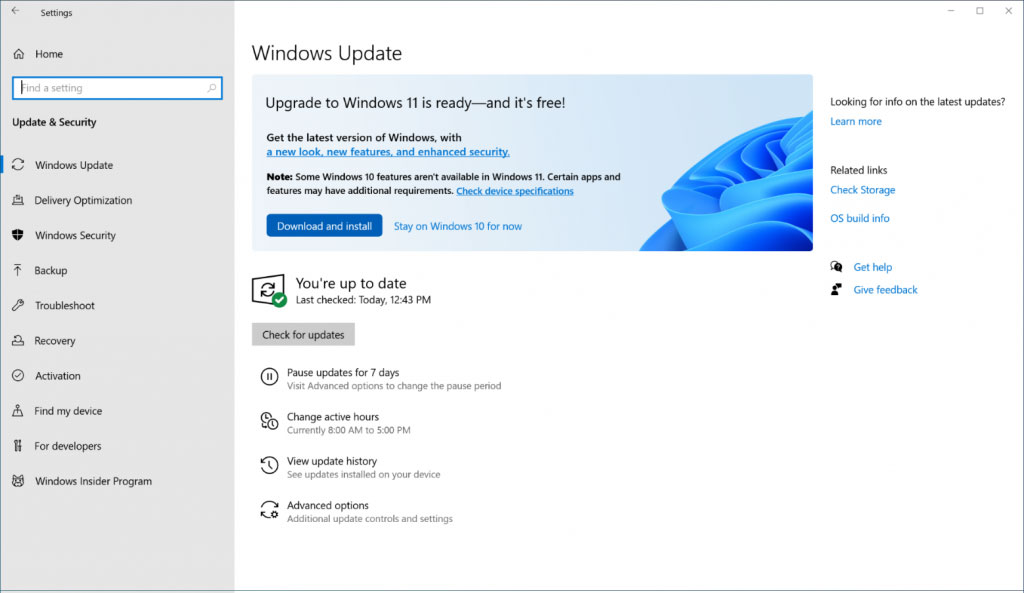
Microsoft's latest OS has started to appear on new PCs in retail, and it is also rolling out as an upgrade for select Windows 10 PCs. Windows chief Panos Panay has blogged about the release, the first major Windows update with him at the helm, and of course gives it a glowing testimony. Panay claims that Windows 11 is "an exciting milestone… which brings you closer to what you love, empowers you to produce and inspires you to create". For most of us, I would say, Windows is just something that lets our PCs run the games and apps we use day to day, and the best thing it could do is stay out of the way without introducing bugs and security gaffes.
Benefits of Windows 11
Bit-Tech readers will have probably checked out previous articles on the features of Windows 11, most are positive and about new features in both the UI and underlying code. Some UI features you might welcome include the refreshed Start and Taskbar – but whether these are improvements seem to be a matter of taste. New features that most are positive about include the Snap Layouts and Groups, and Desktops – particularly useful in the age of multi-monitor and hybrid working environments. Other changes like spruced-up default staple Windows apps, and the Windows 11 Widgets are less certain hits.

Under the hood, some benefits we hope to see will become apparent when hybrid architecture CPUs like Alder Lake come to market. Apparently Windows 11 has a revamped scheduler which knows how to make the best use of the mix of P- and E- cores, and the many-multi-core CPUs that are increasingly common. Other things Microsoft is known to have worked on in the background are security (reference the TPM and modern hardware requirements) and gaming (e.g. Auto HDR and DirectStorage) features.
Why you might put off the upgrade
Moving onto some negatives, which might put you off upgrading, at least for a couple of months, the new OS seems to have unreasonably modern CPU standards – shutting out AMD Ryzen 1000 and (most) Intel 7th gen Core processors or older from the chance of a free upgrade from Windows 10. Microsoft flapped about defining the compatibility line, and I'm still not certain what will happen with auto-updates to Windows 11 for people who shoehorn this OS on marginal systems going forward – despite reading reams of documentation, press release and blogs from Microsoft.
With new PCs coming with Windows 11 from now on, then it is easy to accept the new OS and make the best of it. However, those of us happy and steady on Windows 10 for now are probably wise to wait and see how things go over the next few months and hop on the free upgrade path once we are more sure our favourite apps and games – and our legacy peripherals and so on – are all happy with Windows 11. So, it is definitely worth patiently keeping an eye on the headlines if you aren't sure about when to upgrade, or simply put off the upgrade until you upgrade to hardware that would benefit – like an ADL PC for example.
Getting the Windows 11 upgrade today
The upgrade process isn't difficult, but you probably don't want to do the hokey-cokey with it. If you aren't getting a new PC with the OS pre-installed, you can follow Microsoft's guide to getting Windows 11. In brief, all you have to do is open the Windows Update control panel on a compatible Windows 10 machine, and you might get the option to simply select 'Download and install'.

My work PC didn't get offered the upgrade when I checked a few minutes ago (not that I want it yet) but Windows enthusiastically informs me that my PC meets the minimum requirements. I don't have a 'Download and Install button' to click at this time, but the dialogue says "specific timing for when it will be offered can vary as we get it ready for you".
Please let us know if you have any Windows 11 upgrade experience to share, good or bad, in the comments below.

MSI MPG Velox 100R Chassis Review
October 14 2021 | 15:04





Want to comment? Please log in.